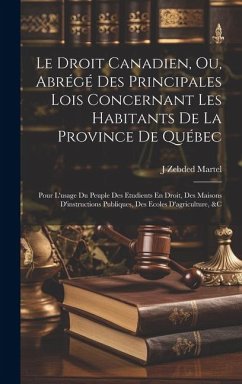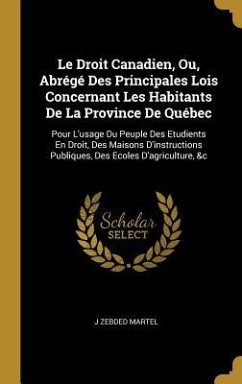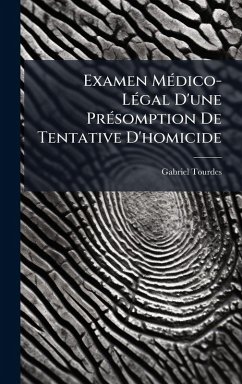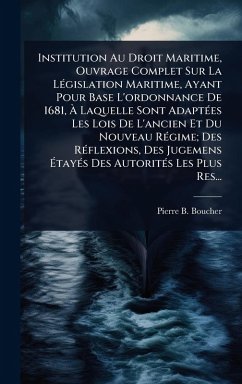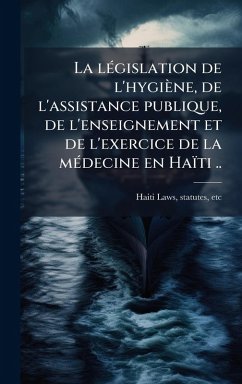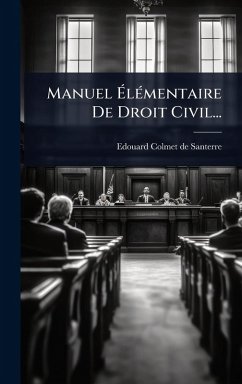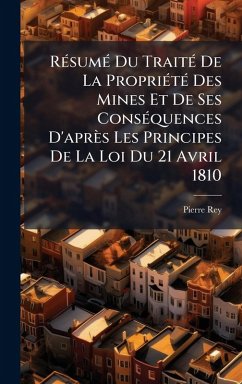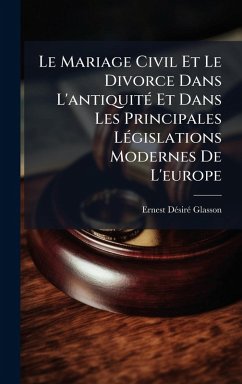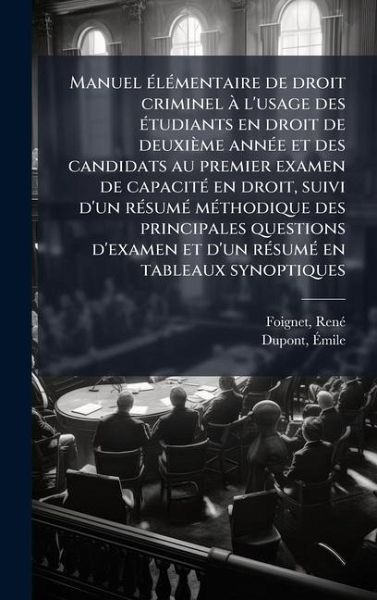
Manuel Ã(c)lÃ(c)mentaire de droit criminel à l'usage des Ã(c)tudiants en droit de deuxième annÃ(c)e et des candidats au premier examen de capacitÃ(c) en droit, suivi d'un rÃ(c)sumÃ(c) mÃ(c)thodique des principales questions d'examen et d'un rÃ(c)sumÃ(c) en
Versandkostenfrei!
Versandfertig in über 4 Wochen
36,99 €
inkl. MwSt.
Weitere Ausgaben:

PAYBACK Punkte
18 °P sammeln!
Manuel élémentaire de droit criminel, destined for second-year law students and candidates for the first examination of legal capacity, offers a comprehensive overview of criminal law. Authored by René Foignet and Émile Dupont, this 1911 edition provides a methodical summary of key exam questions and synoptic tables. This book remains a valuable resource for understanding the foundations of French criminal law and the legal education system of the early 20th century. This work has been selected by scholars as being culturally important, and is part of the knowledge base of civilization as ...
Manuel élémentaire de droit criminel, destined for second-year law students and candidates for the first examination of legal capacity, offers a comprehensive overview of criminal law. Authored by René Foignet and Émile Dupont, this 1911 edition provides a methodical summary of key exam questions and synoptic tables. This book remains a valuable resource for understanding the foundations of French criminal law and the legal education system of the early 20th century. This work has been selected by scholars as being culturally important, and is part of the knowledge base of civilization as we know it. This work was reproduced from the original artifact, and remains as true to the original work as possible. Therefore, you will see the original copyright references, library stamps (as most of these works have been housed in our most important libraries around the world), and other notations in the work. This work is in the public domain in the United States of America, and possibly other nations. Within the United States, you may freely copy and distribute this work, as no entity (individual or corporate) has a copyright on the body of the work. As a reproduction of a historical artifact, this work may contain missing or blurred pages, poor pictures, errant marks, etc. Scholars believe, and we concur, that this work is important enough to be preserved, reproduced, and made generally available to the public. We appreciate your support of the preservation process, and thank you for being an important part of keeping this knowledge alive and relevant.



